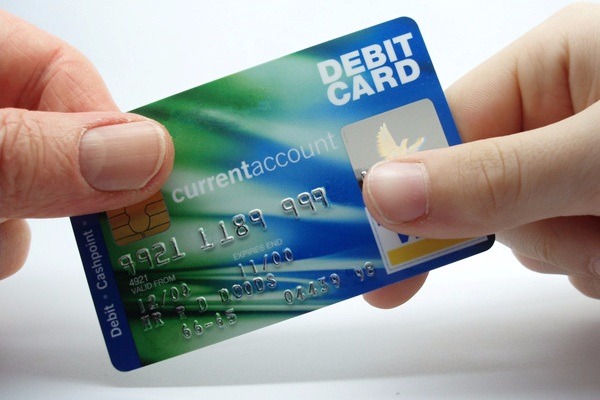Rules for Using Debit Drop Cards
Using debit drop cards comes with a significant risk of theft by the drop. However, you can minimize this risk by following a set of safety measures when purchasing and using these cards. These measures are divided into two main groups: card verification and card usage.
1. Card Verification
Before paying for a card, the buyer must check the following:
1.1 Visual Inspection
- 1.1.1 Ensure the card matches your order (for example, that it’s a Visa Gold, not a Visa Classic).
- 1.1.2 The PIN code matches the card; the number on the PIN envelope should match the card number. If there’s no envelope, check the PIN at an ATM.
- 1.1.3 All necessary drop data is included for calling the bank, such as passport details and the security word.
- 1.1.4 A SIM card is included. The SIM number may or may not match the one listed in the application; this can be clarified when calling the bank.
- 1.1.5 All data needed for online access is provided. This applies to banks where you can’t set up online banking access yourself.
1.2 Internet Banking Verification
- 1.2.1 Log in to online banking using the provided login and password or credentials you requested.
- 1.2.2 If login and password were provided, change them immediately.
- 1.2.3 Make sure one-time passwords are sent to the included SIM card.
- 1.2.4 Carefully check that no unauthorized SIM cards are linked, such as to mobile banking.
- 1.2.5 Check for any additional cards linked to the account.
- 1.2.6 Verify that the card has no transaction history, meaning it hasn’t been used by other clients before.
- 1.2.7 Check that the drop doesn’t have any loans.
- 1.2.8 If possible, set your own SIM card for SMS notifications and one-time passwords.
- 1.2.9 Pay special attention to the mobile app connection. If the online bank doesn’t show a “connect” button or says the service is already connected, call the call center to disconnect it, then reconnect. This will reset logins and passwords.
1.3 ATM Verification
- 1.3.1 Insert the card into an ATM, enter the PIN, and check the balance.
- 1.3.2 Change the PIN codes to prevent the use of dumps.
- 1.3.3 If possible, set your own SIM card for SMS notifications and one-time passwords. This can be done via online banking, ATM, or may not be available at all.
- 1.3.4 Deposit 1,000–5,000 rubles (amount depends on the bank) and withdraw it. If you can’t withdraw, the card is likely flagged for fraud monitoring.
1.4 Bank Support Verification
- 1.4.1 Call support and ask about the card balance. They’ll ask for the security word—this checks its accuracy.
- 1.4.2 If you can’t see which number is set for SMS notifications in online banking, ask the operator if it’s set and to which number.
1.5 SIM Card Verification
- 1.5.1 If you can’t change the SIM card via ATM or online, call the carrier to check if call forwarding is enabled.
- 1.5.2 If the SIM is from “Megafon,” make sure the “SMS-Plus” service isn’t enabled, as it allows remote SMS reading. Also, always log in to the Service Guide personal account and check for UMS connection.
Only after verifying all these points can you use the card. You have one day for verification. For batches of more than 10 cards, the period can be extended by mutual agreement.
2. Card Usage
- 2.1 Before each deposit, repeat the following checks: 1.2.3 (if passwords aren’t sent to the SIM, don’t deposit until resolved), 1.2.4 (the drop may have changed the SMS notification number), 1.2.5 (may have issued extra cards), 1.2.7 (may have taken a loan), 1.2.9 (may have connected a mobile app), 1.3.1 (may have blocked the card), 1.3.4 (the bank may have flagged the card for fraud or the drop may have submitted a payment order to another card), 1.4.2 (if the SMS notification number isn’t visible in online banking), 1.5.1 (if using a SIM provided by the seller).
- Finding any of these issues is a sign the drop is preparing to scam you and is grounds for card replacement.
- 2.2 Don’t deposit large amounts at once. If the drop has a clever scam, they’ll likely take whatever is there.
- 2.3 The buyer must withdraw money from the card as quickly as possible. The faster, the less chance the scammer has to notice the funds. The maximum time money should remain on the card is 3 hours.
- 2.4 If possible, never deposit money on a strict schedule (e.g., Monday-Wednesday-Friday). A potential scammer could request a statement, learn the schedule, and try to find out when money is deposited by calling the bank.
- 2.5 Never disable SMS notifications for online banking access. Otherwise, it’s hard to detect if the drop changes the number.



